
ACL Digital
Agile Testing Challenges and Solutions- A Guide to Achieving Software Excellence
Agile testing holds a paramount position in modern software development practices, prioritizing iterative and incremental development methodologies. With the increasing demand for faster time-to-market, agile testing enables shorter development cycles and frequent releases, keeping the software competitive and up-to-date. A customer-centric approach is at the heart of Agile testing, validating customer requirements, gathering early feedback, and ensuring customer satisfaction. Early defect detection is crucial, advocating for catching issues early in the development process to prevent critical defects in the later stages. Agile testing also encourages a “shift-left” strategy, in which testing is included early in the development process. This includes activities such as automated unit testing, continuous integration, and continuous delivery, which help catch defects early in the development cycle.
Collaboration and efficiency are fostered in Agile testing, encouraging effective communication, collaboration, and coordination among team members for efficient testing efforts and faster defect resolution. Continuous improvement is emphasized with regular retrospectives and feedback loops to identify areas of improvement in the development process, resulting in better software quality and increased efficiency over time. However, implementing agile testing comes with its own set of challenges. This blog will discuss some of the common challenges in agile testing and strategies to overcome them.
Challenges in Agile Testing:
1. Time Constraints
In agile development, the software is delivered in short iterations, typically two to four weeks. This means that the testing team has limited time to test the software. The testing team must ensure they complete the testing activities within the given time frame. However, in some cases, testing activities may take longer than expected. This can lead to delays in software delivery.
2. Resource Constraints
Agile development requires a cross-functional team that includes developers, testers, and other stakeholders. However, organizations might have limited resources to allocate to each team member. This shortage of testers can directly impact the overall quality of the software being delivered.
3. Scope Creep
In agile development, requirements can change frequently. This can lead to scope creep, where the scope of the project grows beyond what was originally planned, making it difficult for the testing team to keep up with changes and ensure that they are testing the right features.
4. Communication and Collaboration
Communication and teamwork are key to success in agile development. However, disruptions in the communication between the testing team and other teams might cause software delivery delays. Collaboration issues can also develop when teams are dispersed across many locations or time zones.
5. Technical Challenges
Agile development often involves using emerging technologies that can be complex and challenging to test. For example, testing microservices requires a different approach compared to testing monolithic applications. Testing teams might not have the expertise or tools required to test such technologies.
6. Testing Early and Often
Agile emphasizes testing early and often, which can help catch issues early in development. However, it can also create pressure on testers to complete the testing quickly and may result in incomplete or insufficient testing.
7. Lack of Test Automation
Manual testing can be time-consuming and error-prone, especially in agile environments where a lot of code is being developed in short periods. Test automation can help to mitigate these challenges.
Strategies to Overcome Challenges in Agile Testing:
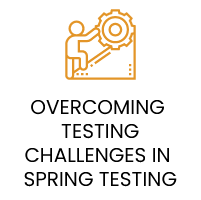

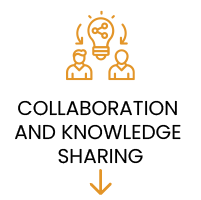
Prioritizing testing efforts based on critical features and functionality can help the testing team overcome time constraints. Risk-based testing approach can also be used to focus on areas that are more likely prone to risk of defects or issues. Additionally, automating repetitive and time-consuming test cases can
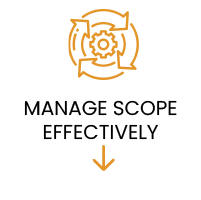
Collaboration with other teams to share testing resources and expertise can help the testing team overcome resource constraints. Leveraging crowdsourced testing can also supplement internal testing efforts. Additionally, establishing a culture of knowledge sharing can ensure that everyone on the team has the necessary skills and expertise to perform their testing activities.
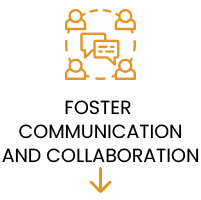
To overcome scope creep, the testing team can establish clear acceptance criteria and communicate changes effectively to all stakeholders. Continuous reviews of requirements and acceptance criteria throughout the sprint can also help to manage scope effectively. Using agile methodologies, such as scrum, can help to break down requirements into smaller, more manageable tasks and prioritize them based on importance.
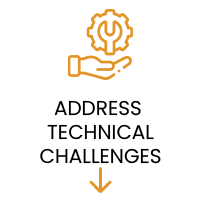
Fostering open and transparent communication between the development team and the QA team can help overcome communication and collaboration challenges. Collaboration tools, such as Jira, Confluence, or V1, can facilitate communication and collaboration. Encouraging cross-functional collaboration and knowledge sharing between teams can also help to overcome communication and collaboration challenges.

Thorough and detailed testing of complex or technical features, along with the use of specialized testing tools and techniques, can help the testing team overcome technical challenges. Working closely with the development team to identify and resolve technical issues can also help to overcome technical challenges.
Agile testing presents unique challenges that testing teams must overcome to deliver high-quality software. Time and resource constraints, scope creep, changing requirements, and distributed teams are some of the common challenges that testing teams face in Agile testing. Testing teams can operate efficiently inside the Scrum framework and ensure that the final product fulfills the needs and quality expectations of stakeholders and end users by recognizing and addressing these difficulties.
Here are some ways to overcome the real-world testing challenges in Scrum methodologies:
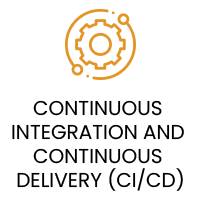
Implementing CI/CD practices can help overcome the challenges of short iterations and frequent integration. Automated testing can be run as part of the CI/CD pipeline, ensuring the software is tested continuously, and any issues are caught early.
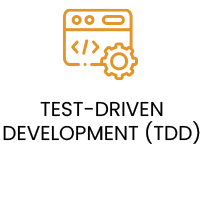
TDD can help overcome the challenge of changing requirements by ensuring that tests are created before any code is written. This helps to ensure that all aspects of the software are tested and that any changes to requirements are reflected in the tests.
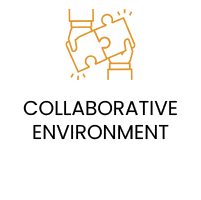
Overcoming challenges in a collaborative environment can be achieved by clearly defining roles and responsibilities for testing, fostering regular communication between developers and testers, and setting clear expectations for testing.

Developing and maintaining automated tests can address the challenge of lack of formal documentation by providing a record of testing progress and ensuring thorough testing of all aspects of the software. Implementing smoke tests with tools like Cypress can aid in quick and effective implementation.
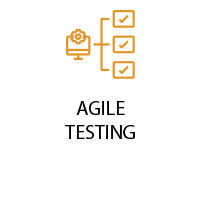
Agile testing methodologies like Exploratory Testing and Session-Based Testing prioritize efficient testing while ensuring comprehensive coverage of all aspects of the software, minimizing the need for extensive documentation.

Proper management and maintenance of the testing environment using tools like Docker and Kubernetes ensure consistent and reliable test runs across different platforms, addressing potential inconsistencies in testing results.
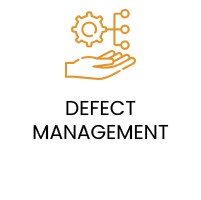
Report the bug: The QA should report the defect to the development team and provide as much information as possible about the defect, including its severity, steps to reproduce, and any relevant screenshots or logs.
Evaluate the impact: The QA should evaluate the impact of the defect on the overall software quality and determine if it needs to be fixed before the end of the sprint.
Prioritize the bug: In case of critical defects, the QA should work with the development team to prioritize it and determine if it can be fixed within
Scrum in the Digital Age
Scrum is an adaptable framework that encourages continuous improvement and adaptation to changing circumstances. Therefore, the latest practices in the Scrum framework may vary based on industry, organization, and team dynamics. Some commonly practiced latest practices in the Scrum framework include:
1. Distributed Scrum: With remote and distributed teams becoming more common, leveraging technology and tools to enable effective communication, collaboration, and coordination among team members in different locations.
2. DevOps Integration: Incorporating DevOps practices such as continuous integration, continuous delivery, and automated testing into the Scrum framework to streamline the development and deployment processes.
3. User Story Mapping: Using user story mapping techniques to visualize and prioritize user stories, backlog items, and dependencies, facilitating better planning and backlog management.
4. Value-Based Prioritization: Emphasizing value-based prioritization of the product backlog to make sure that the most valuable and high-priority items are addressed first.
5. Agile Leadership: Encouraging and fostering agile leadership principles, where leaders serve as coaches and enablers, empowering teams to make decisions and solve problems.
6. Continuous Improvement: Regularly conducting retrospectives and actively seeking feedback to identify areas of improvement and making adjustments to the Scrum process and practices accordingly.
7. Agile Metrics and Visualization: Using metrics and visualization techniques to measure team performance, product progress, and stakeholder satisfaction, providing insights for data-driven decision making.
8. Cross-Functional Teams: Encouraging cross-functional teams with diverse skills and expertise to work collaboratively, promoting better synergy and flexibility in delivering value.
9. Agile Mindset and Culture: Promoting an agile mindset and culture that values collaboration, adaptability, transparency, and continuous learning, enabling teams to embrace change and deliver value in an agile manner.
It’s important to note that Scrum is a flexible framework, and the latest practices may evolve based on the context and demands of the team and organization. It’s crucial to continuously learn, adapt, and improve the Scrum practices to suit the unique requirements of your team and project.
Agile testing is a challenging but rewarding process that ensures software quality and customer satisfaction. It requires testers to adapt to changing requirements, work with limited resources, communicate and collaborate effectively, and use the right tools and techniques. By implementing these solutions, testing in the Scrum framework can be made more efficient and effective, ensuring that high-quality software is delivered to customers.
By implementing these solutions, testing in the Scrum framework can be made more efficient and effective, ensuring that high-quality software is delivered to customers.





